Home>Technology>Home Entertainment Systems>What Percentage Of American Households Own A Television
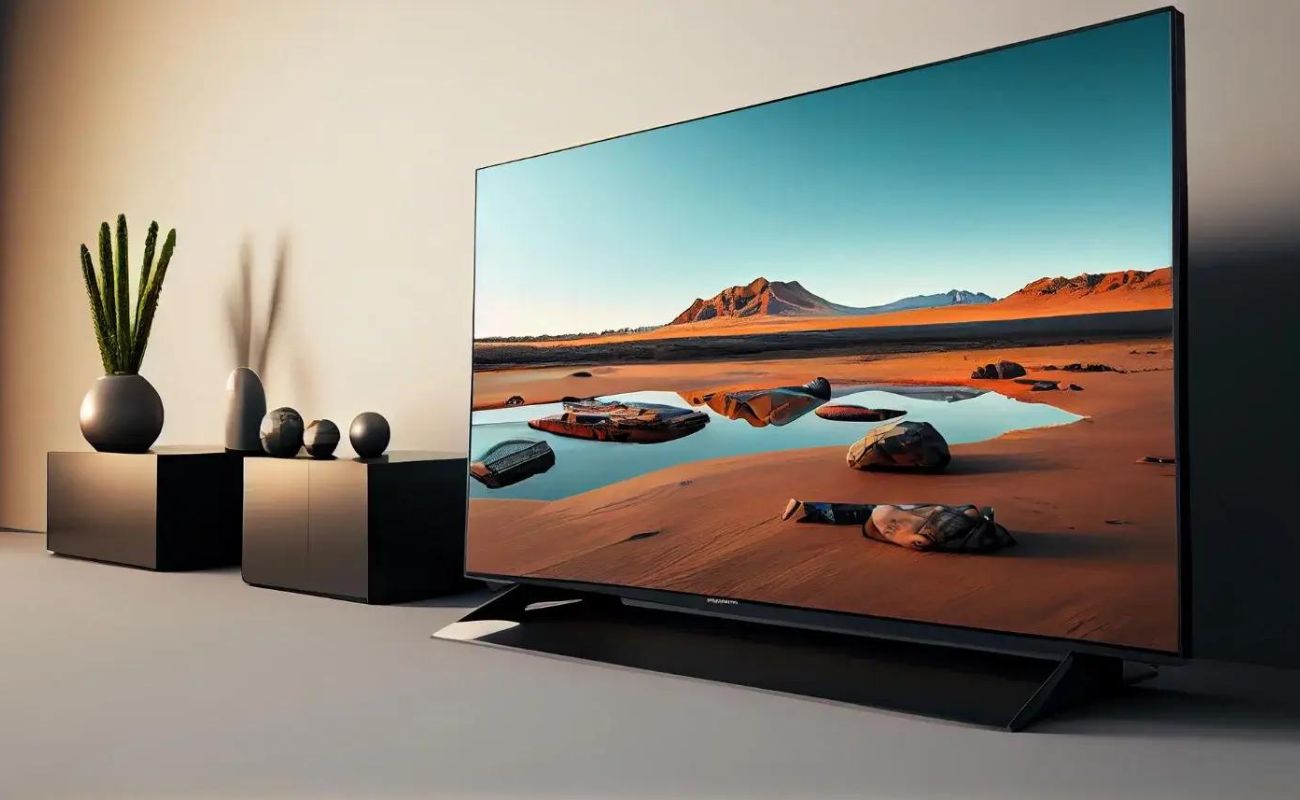

Home Entertainment Systems
What Percentage Of American Households Own A Television
Modified: January 5, 2024
Discover the latest statistics on home entertainment systems in the US. Find out what percentage of American households own a television and stay informed about the latest trends in home entertainment.
(Many of the links in this article redirect to a specific reviewed product. Your purchase of these products through affiliate links helps to generate commission for Storables.com, at no extra cost. Learn more)
Introduction
Television has been a staple in American households for decades, serving as a primary source of entertainment, news, and information. The evolution of television technology, from bulky cathode ray tube sets to sleek, high-definition screens, has revolutionized the home entertainment experience. Understanding the prevalence of television ownership in the United States is crucial for various industries, including advertising, broadcasting, and consumer electronics.
In this article, we delve into the percentage of American households that own a television, shedding light on the significance of this ubiquitous device in modern society. By examining the methodology, results, and implications of television ownership, we aim to provide a comprehensive overview of this fundamental aspect of American culture.
Television ownership not only reflects consumer preferences but also influences media consumption patterns and technological advancements. As we explore the statistics and trends related to television ownership, we gain valuable insights into the role of this enduring medium in shaping the daily lives of individuals and families across the nation. Let's embark on a journey to uncover the prevalence and impact of television ownership in American households.
Key Takeaways:
- Over 90% of American households own a television, showing how important TVs are for entertainment and information. Different groups and regions have varying ownership rates, reflecting diverse preferences and behaviors.
- Television ownership reflects cultural, technological, and economic aspects of society. It’s not just about watching shows, but also about connecting with others, adapting to new technology, and reaching diverse audiences through advertising.
Read more: Who Owns American Standard HVAC
Methodology
Measuring the percentage of American households that own a television involves comprehensive data collection and analysis. To derive accurate and reliable insights, reputable research organizations, such as Nielsen and the U.S. Census Bureau, conduct surveys and studies to assess television ownership trends. These methodologies typically encompass the following key components:
- Sampling: Research firms employ robust sampling techniques to ensure that the survey participants represent a diverse cross-section of the population. By incorporating demographic variables such as age, income, geographic location, and household size, the sampling process aims to capture a broad spectrum of television ownership patterns.
- Survey Instruments: Surveys are designed to gather pertinent information regarding television ownership, including the number of televisions in a household, the types of devices (e.g., traditional TVs, smart TVs, or streaming devices), and the viewing habits of residents. The use of structured questionnaires and interviews facilitates the systematic collection of data.
- Data Analysis: Upon collecting responses from survey participants, statistical analysis is employed to calculate the percentage of households with television ownership. This involves aggregating and interpreting the data to discern overarching trends and variations across different demographic groups.
Furthermore, the emergence of digital streaming platforms and internet-based content consumption has prompted researchers to adapt their methodologies to encompass a broader spectrum of viewing devices and behaviors. As a result, contemporary studies often encompass not only traditional television sets but also streaming devices, gaming consoles, and mobile screens that serve as alternative mediums for consuming audiovisual content.
By leveraging robust methodologies and embracing technological advancements, researchers strive to provide a comprehensive understanding of television ownership in the United States. The utilization of sophisticated sampling techniques, survey instruments, and data analysis methodologies enables the generation of nuanced insights into the prevalence and dynamics of television ownership across diverse demographic segments.
Results
The percentage of American households that own a television remains remarkably high, underscoring the enduring popularity and ubiquity of this essential home entertainment device. According to recent surveys and statistical analyses, television ownership continues to be a prevalent fixture in the majority of U.S. households, with noteworthy variations across demographic groups and geographic regions.
Research findings indicate that approximately over 90% of American households possess at least one television set, showcasing the widespread adoption of this technology as a cornerstone of domestic leisure and information consumption. Moreover, the data reveals intriguing nuances in television ownership patterns, reflecting the diverse preferences and behaviors of different segments of the population.
When examining television ownership by demographic variables, compelling insights emerge. For instance, the percentage of households with television ownership varies across age groups, with older adults exhibiting higher ownership rates compared to younger cohorts. Additionally, income levels and educational attainment also influence television ownership, with disparities observed between affluent and lower-income households.
Geographically, the prevalence of television ownership demonstrates regional disparities, with rural and urban areas showcasing distinct ownership patterns. Furthermore, the proliferation of internet-connected smart TVs and streaming devices has contributed to shifts in viewing habits and device preferences, warranting a comprehensive assessment of television ownership that encompasses a broad spectrum of audiovisual technologies.
Moreover, the evolution of television ownership extends beyond traditional sets, encompassing digital streaming platforms, on-demand services, and mobile viewing devices. As consumers embrace a myriad of options for accessing content, researchers and industry analysts continue to adapt their methodologies to capture the evolving landscape of television ownership and media consumption.
These results underscore the enduring relevance of television as a central medium for entertainment, news, and cultural dissemination in American households. By delving into the prevalence and dynamics of television ownership, we gain valuable insights into the evolving landscape of home entertainment and the enduring role of television in shaping societal experiences and interactions.
According to a 2019 Nielsen report, 96.5% of American households own a television.
Discussion
The prevalence of television ownership in American households signifies the enduring significance of this medium as a conduit for entertainment, information, and cultural engagement. As we delve into the implications of the high percentage of households with television ownership, several key themes emerge, shedding light on the multifaceted impact of this ubiquitous device.
Cultural Influence: Television ownership serves as a barometer of cultural norms and societal behaviors, reflecting the centrality of visual media in shaping collective experiences. From shared viewing rituals to the dissemination of cultural narratives, television plays a pivotal role in fostering communal connections and reflecting the evolving fabric of American society.
Media Consumption Patterns: The widespread ownership of televisions underscores the enduring appeal of traditional broadcast and cable programming, even amid the rise of digital streaming platforms. The coexistence of diverse viewing options highlights the adaptability of consumers in navigating a media landscape characterized by choice and customization.
Technological Evolution: The evolution of television ownership extends beyond conventional sets, encompassing smart TVs, streaming devices, and on-demand services. This technological diversity underscores the dynamic nature of home entertainment, driven by innovations that cater to diverse preferences and viewing habits.
Advertising and Content Delivery: The high percentage of households with television ownership underscores the continued relevance of television as a primary platform for advertising and content delivery. As advertisers seek to engage audiences through targeted campaigns, television remains a formidable medium for reaching diverse consumer segments.
Social and Economic Dynamics: Variations in television ownership across demographic and geographic segments illuminate the intersection of social and economic factors in shaping media consumption behaviors. Understanding these dynamics is crucial for media companies, advertisers, and policymakers seeking to effectively engage and serve diverse audiences.
Future Trajectories: The landscape of television ownership is poised for further evolution, driven by technological innovations, shifting consumer preferences, and the convergence of digital and traditional media. As the industry continues to adapt to changing dynamics, a nuanced understanding of television ownership trends is essential for anticipating future developments.
By engaging in a comprehensive discussion of television ownership, we gain valuable insights into the enduring role of this medium in American households. The multifaceted implications of television ownership extend beyond mere viewership statistics, encompassing cultural, technological, and economic dimensions that shape the fabric of contemporary society.
Conclusion
The prevalence of television ownership in American households underscores the enduring significance of this medium as a cornerstone of home entertainment and information consumption. With over 90% of households possessing at least one television set, the pervasive nature of this technology reflects its enduring appeal and cultural resonance.
As we navigate the evolving landscape of media consumption, television ownership remains a steadfast indicator of societal preferences, technological advancements, and advertising efficacy. The nuanced dynamics of television ownership, encompassing variations across demographic groups and geographic regions, offer valuable insights into the diverse tapestry of American households.
Moreover, the evolution of television ownership extends beyond traditional sets, encompassing digital streaming platforms, smart TVs, and on-demand services. This technological diversity underscores the adaptability of consumers and the industry’s capacity to innovate in response to evolving viewing habits.
As we reflect on the implications of the high percentage of households with television ownership, we recognize the enduring role of this medium in shaping cultural narratives, fostering communal experiences, and serving as a conduit for advertising and content delivery. The multifaceted impact of television ownership extends beyond mere viewership statistics, encapsulating social, economic, and technological dimensions that underpin the fabric of contemporary society.
Looking ahead, the trajectory of television ownership is poised for further evolution, driven by technological innovations, changing consumer behaviors, and the convergence of digital and traditional media. By embracing a nuanced understanding of television ownership trends, industry stakeholders can anticipate and navigate future developments, ensuring continued relevance and resonance in the ever-evolving landscape of home entertainment.
Ultimately, the enduring prevalence of television ownership reaffirms the enduring relevance of this medium in American households, reflecting its integral role in shaping cultural experiences, media consumption habits, and societal interactions. As we continue to explore the multifaceted implications of television ownership, we gain valuable insights into the enduring legacy and evolving dynamics of this fundamental aspect of modern life.
Frequently Asked Questions about What Percentage Of American Households Own A Television
Was this page helpful?
At Storables.com, we guarantee accurate and reliable information. Our content, validated by Expert Board Contributors, is crafted following stringent Editorial Policies. We're committed to providing you with well-researched, expert-backed insights for all your informational needs.


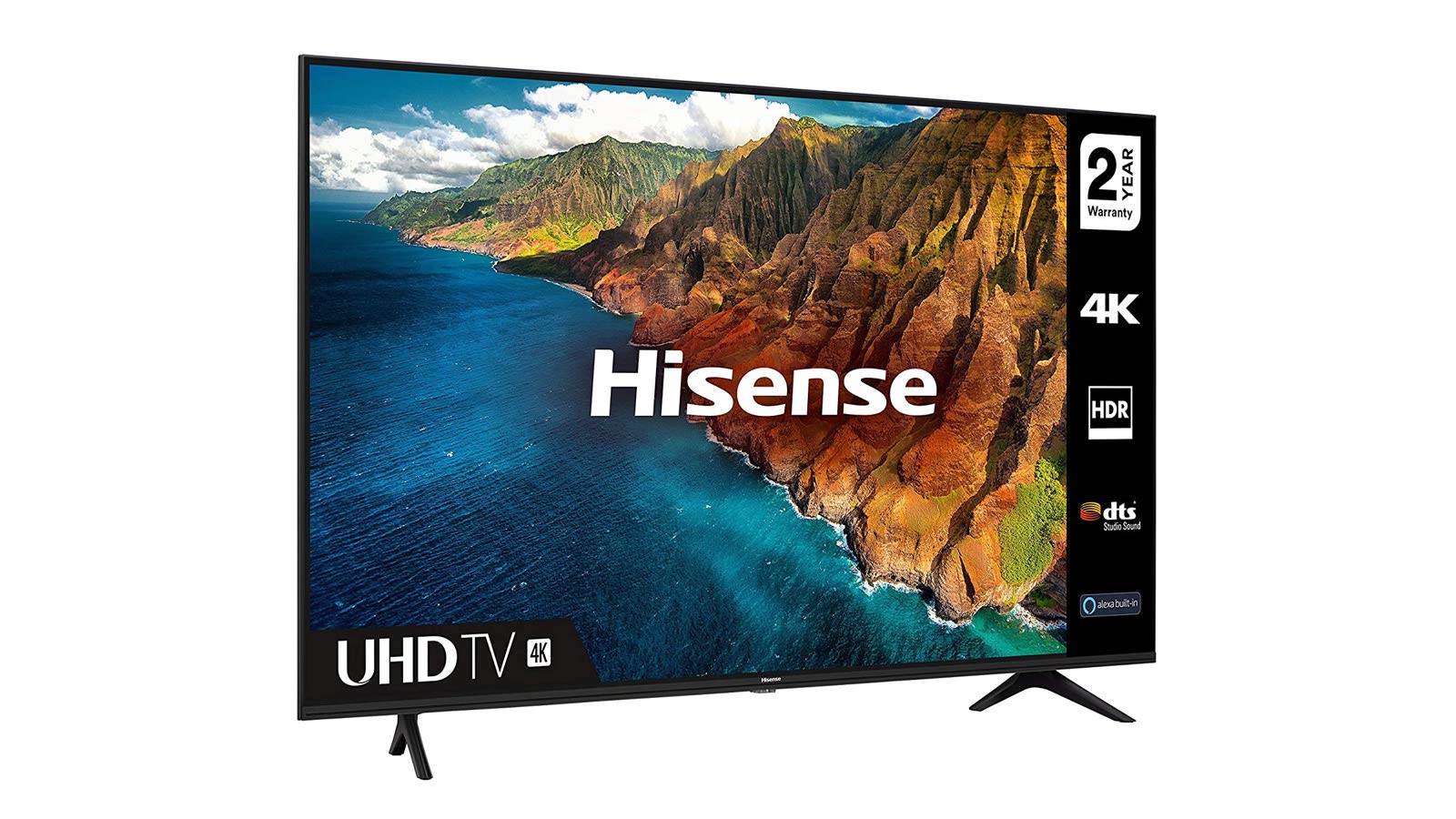
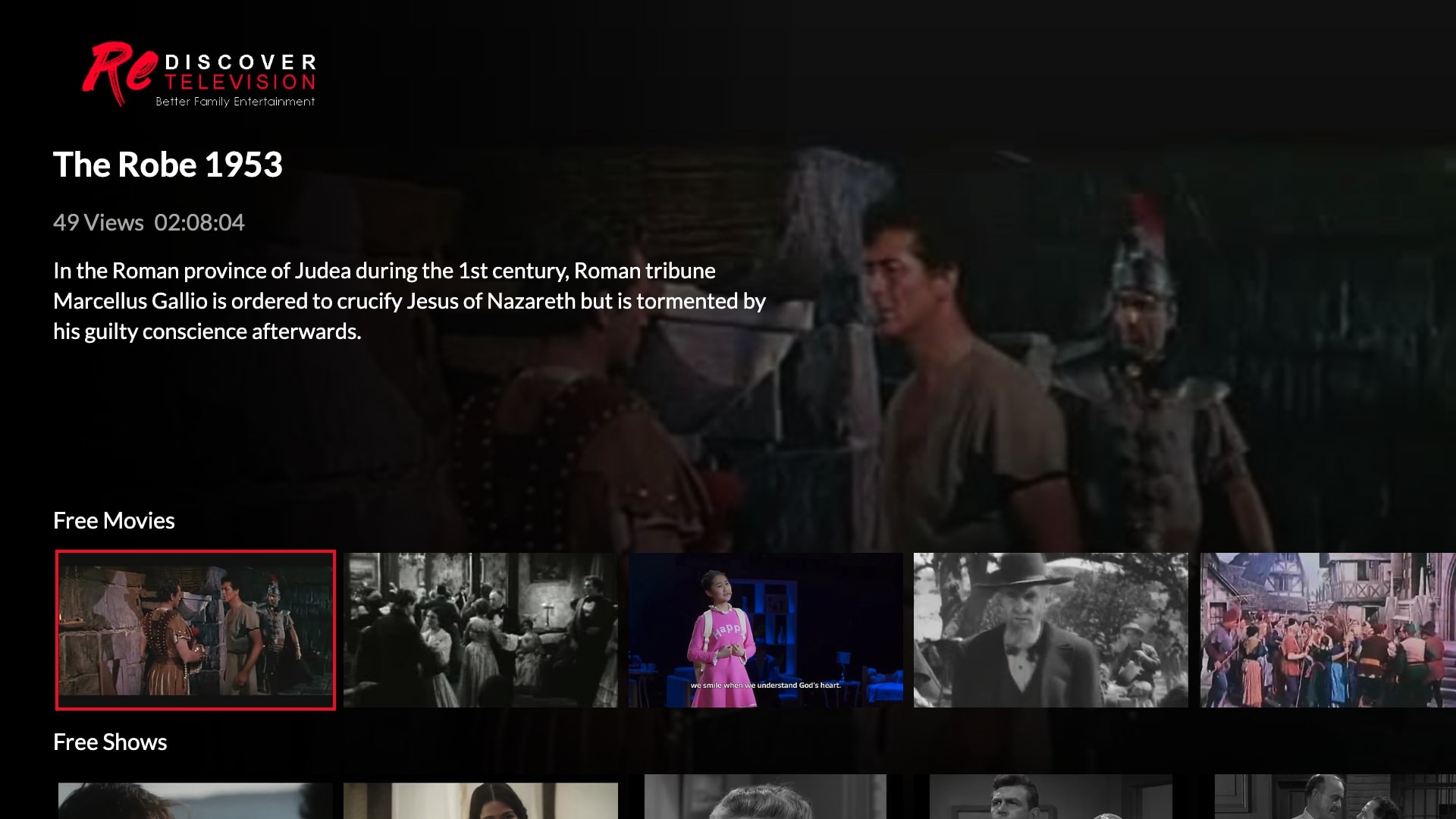



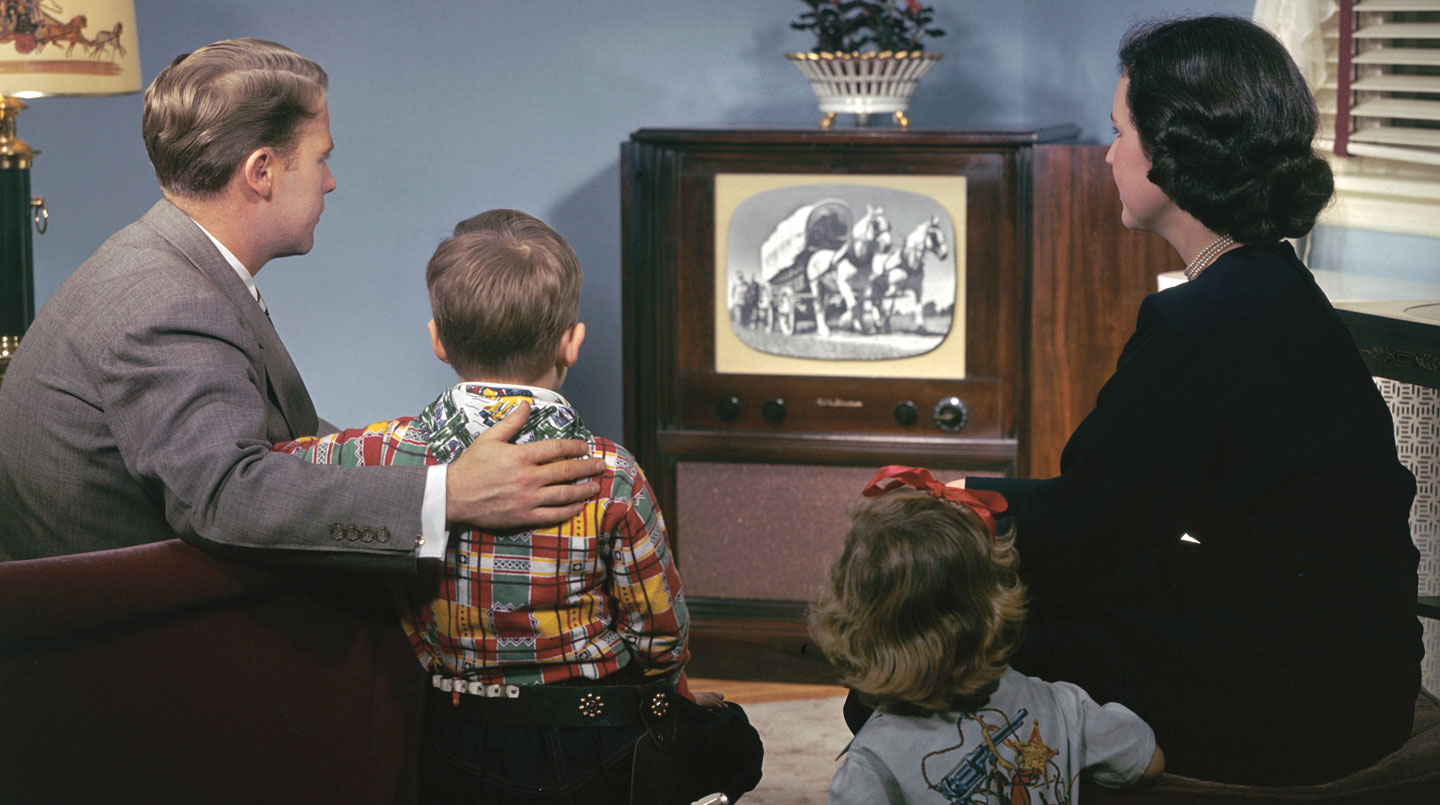


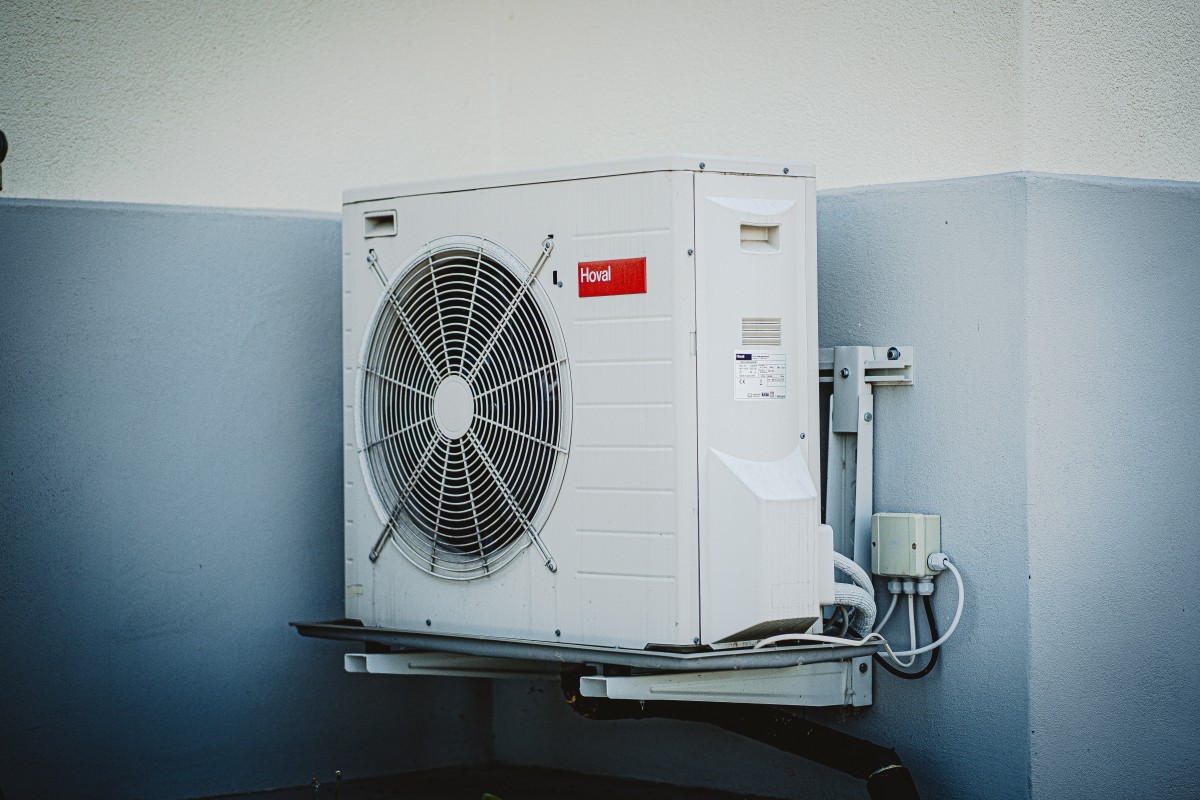





0 thoughts on “What Percentage Of American Households Own A Television”